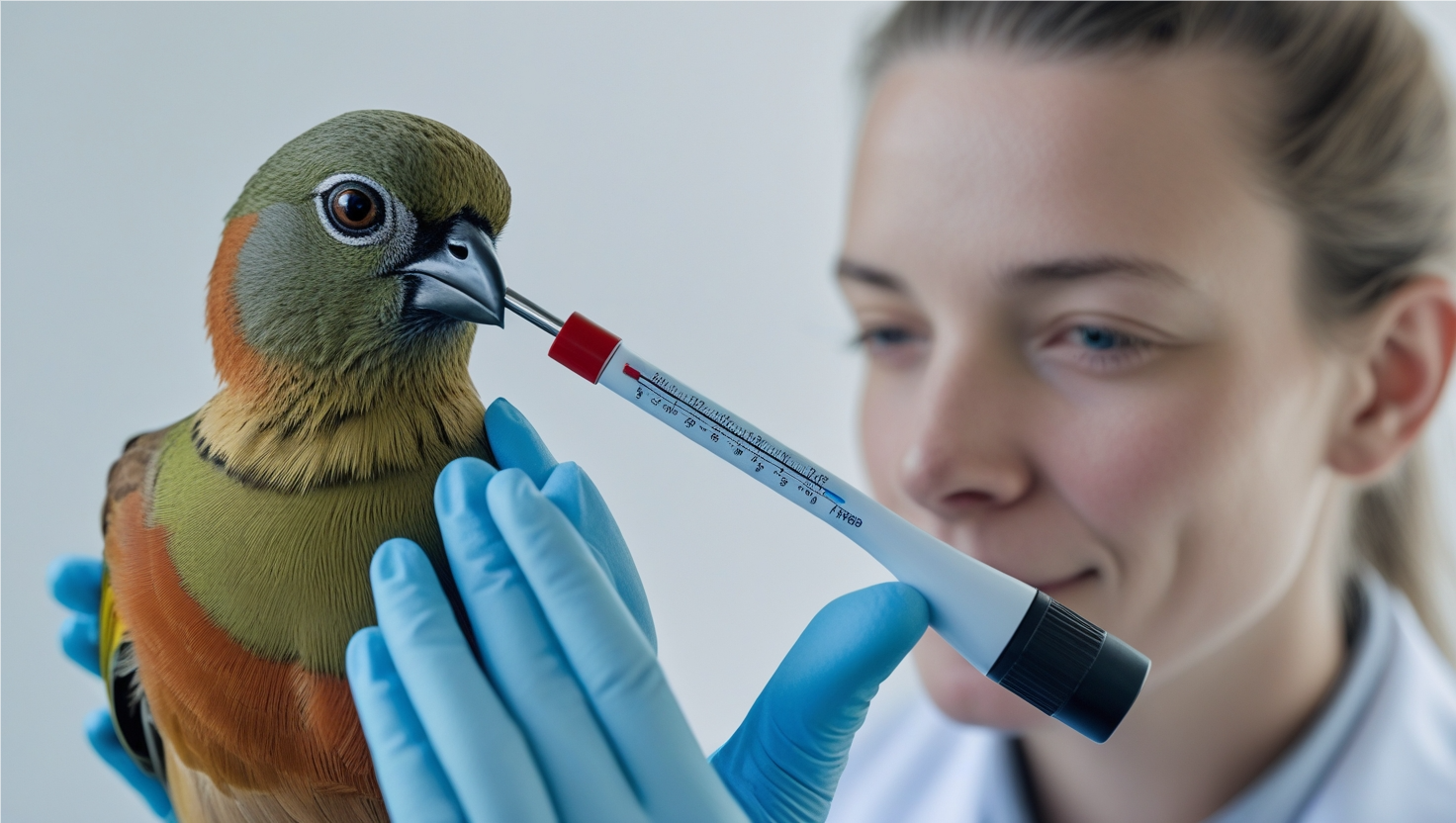
Is Bird Flu an Excuse for Corporate High Egg Prices?

In January 2025, the price of a dozen large eggs hit nearly $5 in the U.S., marking a record high and leaving many families struggling to afford this once-affordable protein. That's more than two and a half times the price it was just a few years ago. The main reason for the steep rise? Avian flu. But according to a new report, there's another factor at play – the concentration of power in the egg industry.
The Role of Major Egg Companies: Corporate Greed?
A new study from Food and Water Watch (FWW) reveals that egg companies might be using avian flu as a cover to boost their prices and rake in massive profits. Despite bird flu being a key factor in the price hike, the report suggests that the high concentration of power in the egg market is also driving up prices. Large corporations control nearly every part of the egg supply chain, and they might be raising prices more than necessary to cover their costs.
The report argues that some regions saw price increases even before bird flu made its way through their poultry flocks, raising suspicions that prices were being artificially inflated.
Cal-Maine’s Windfall Profits: The Case of the Largest Egg Producer
One of the biggest offenders is Cal-Maine, the country's largest egg producer, which controls 20% of the U.S. egg market. While their flocks weren’t affected by bird flu in 2023, they still jacked up their prices and posted record profits. In fact, the company reported a sevenfold increase in gross profits compared to just two years earlier.
Despite the price hike, Cal-Maine sold more eggs than ever. In fiscal year 2023, they sold 7% more eggs than in 2021, and even tripled their profits over that period. What’s even more concerning is that the company paid out $250 million in dividends to shareholders, a massive increase from previous years. They’ve essentially made a fortune while consumers are feeling the pinch.
Bird Flu Isn’t the Whole Story: What’s Really Driving Up Prices?
While bird flu has certainly had an impact, it’s only responsible for a portion of the price increase. A study from the University of Arkansas estimates that the direct costs related to bird flu account for only 12-24% of the increase in retail prices. So why are we still paying so much for eggs?
The answer lies in the market structure. A handful of big companies dominate the egg industry, which makes it easier for them to influence prices even beyond the effects of avian flu or other supply chain disruptions.
The Impact of Factory Farms and the Spread of Bird Flu
Avian flu outbreaks have hit hardest at factory farms, where chickens are kept in close quarters, creating the perfect conditions for the virus to spread. In fact, nearly 166 million birds have been culled since early 2022, and outbreaks have led to significant losses in the egg-laying population.
The problem is exacerbated by the way these companies operate. The close confinement of hens in factory farms isn’t just bad for the animals – it’s also a breeding ground for diseases like avian flu, which makes it easier for the virus to spread and disrupt the supply chain even further.
The Concentration of Power in the Egg Industry
The egg production industry is highly concentrated, meaning that just a few big companies control nearly half of all egg-laying hens in the U.S. Cal-Maine alone controls about 75% more hens than its closest competitor. And since they’re the biggest player, their price hikes end up affecting the entire market.
Even though Cal-Maine claims it doesn’t set retail prices, the reality is that grocery stores rely heavily on them for eggs. So when Cal-Maine increases its prices, retailers follow suit, and consumers are left paying the price.
Could Price Gouging Be to Blame?
Farm Action, a farmer-led advocacy group, is calling for a federal investigation into possible collusion among egg producers to hike prices. They argue that producers might be deliberately holding back on replacing lost flocks in order to limit supply and keep prices high. While some experts disagree and say the price hike is a result of market forces, the lack of transparency in the industry raises serious questions.
What’s Being Done?
The Biden administration is under pressure to act. Democratic lawmakers have urged the White House to investigate potential price gouging and take action to lower grocery bills for working-class Americans. In response, Agriculture Secretary Brooke Rollins announced a five-point strategy to lower egg prices, which includes investing $1 billion to combat avian flu, reducing the need for flock culling, and exploring new biosecurity measures.
But critics argue that more needs to be done, especially in terms of addressing the concentration of power in the egg industry and ensuring that consumers aren’t being taken advantage of.
Conclusion: The Need for Change
As egg prices remain high, it’s clear that the issue isn’t just avian flu. Corporate consolidation and market manipulation play a huge role in driving up costs, and consumers are paying the price. If we want to see real change, we need to address the root causes of this crisis and ensure that the egg industry becomes more transparent and accountable to the public.
Struggling with Birds? Get Your Custom FREE Bird Control Plan Today!
Fill out the form below, and we'll create a tailored bird control strategy just for you—at no cost! Don’t wait; take control of your property now!


